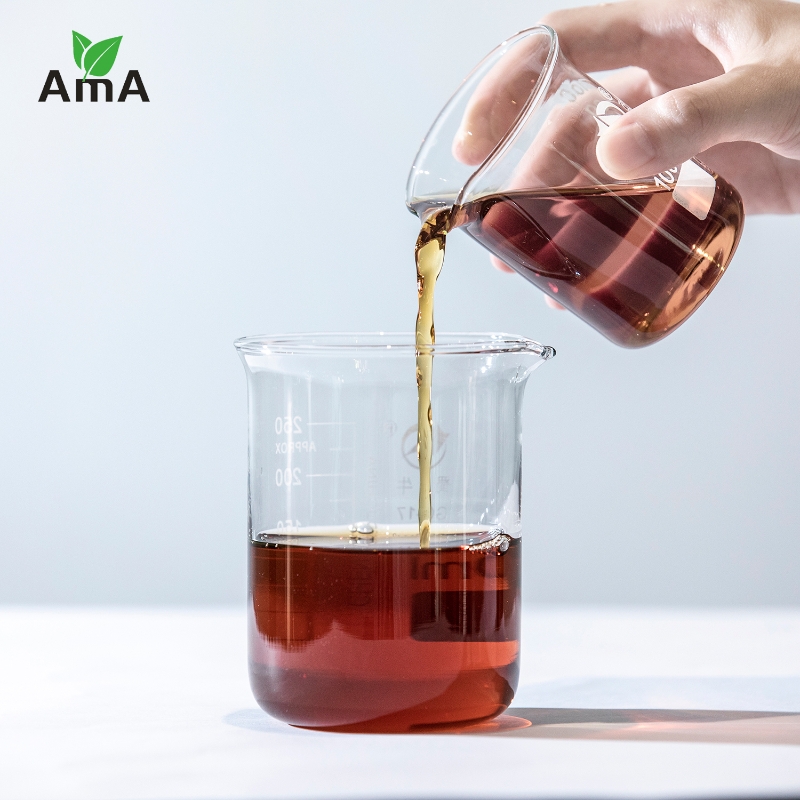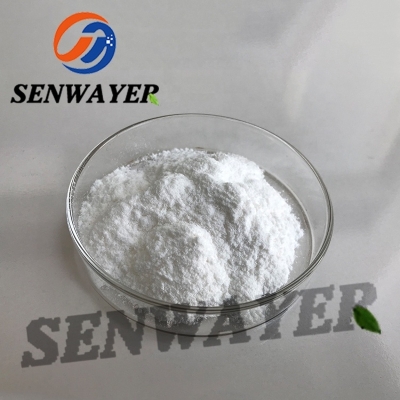-
Categories
-
Pharmaceutical Intermediates
-
Active Pharmaceutical Ingredients
-
Food Additives
- Industrial Coatings
- Agrochemicals
- Dyes and Pigments
- Surfactant
- Flavors and Fragrances
- Chemical Reagents
- Catalyst and Auxiliary
- Natural Products
- Inorganic Chemistry
-
Organic Chemistry
-
Biochemical Engineering
- Analytical Chemistry
- Cosmetic Ingredient
-
Pharmaceutical Intermediates
Promotion
ECHEMI Mall
Wholesale
Weekly Price
Exhibition
News
-
Trade Service
Recently, NASH treatment field has made waves again, the field has always been low-key Somaglutide consecutively gained.
first, Noor and Nord announced last month that Somaglutide had been awarded a breakthrough FDA-awarded therapy for NASH.
yesterday, Gilead and Noor and Nord announced that a proof-of-concept trial of triple therapy for NASH had reached its main end point.
somaglutides in association with Gilead's cilofexor and fisocostat, all of which are well-resistant in NASH and in patients with mild to moderate fibrosis.
this, let's take a look at the drug landscape in the NASH field.
The prevalence of non-alcoholic fatty liver disease (NAFLD) in adults worldwide was 15%-30%, of which 15%-25% progressed to NASH, the incidence of cirrhosis after 10 years reached 15%-20%, and the incidence of primary hepatocellular carcinoma, liver failure and transplantation in patients with fatty cirrhosis was 30%-40%.
total number of NAFLD and NASH patients in the United States, of whom about 15 million are NASH patients, according to the U.S. Non-Alcoholic Liver Disease Evolution Map.
the incidence rate of NAFLD in China is 20%, there are about 2300 million NAFLD patients, the country is expected to have more than 30 million NASH patients.
obesity, type II diabetes, hyperlipid hypertension are the three major risk factors for NAFLD, the incidence of NAFLD in obese population as high as 70%, with obesity and the increase of the three high population, the prevalence of NAFLD is on the rise.
NAFLD is characterized by excessive accumulation of fat in the liver, and under the influence of accumulated fat and other factors, the liver is subjected to greater metabolic and oxidative stress, which causes a persistent chronic inflammatory response that marks the entry of NAFLD into the NASH phase.
NASH belongs to a subset or malignant progress phase of NAFLD, characterized by chronic inflammation and accompanying hepatocellular apoptosis.
If this stage is not controlled and the damaged liver cells die, the liver activates its own damage repair mechanism to replenish the dead liver cells, and fibrosis is the physiological response that accompanies the repair process of liver damage.
the metabolic toxicity of the liver due to chronic inflammation and overload can continue to cause the death of liver cells, the liver fibrosis process has been present and accumulated, and the accumulation of liver fibrosis eventually leads to cirrhosis of the liver.
the pathogenesis of NASH is still not very clear, genetic susceptivity and multi-metabolic interaction is considered to be the main pathogenesis.
the number of targets potentially targeted by drugs in the study for NASH, one is the a lack of pathogenicity and the other is the expansion of many targets from other adaptations.
the complexity of NASH's causes and the clinical outcomes of the drugs under study, combined drug use in the future will be an important trend.
NASH drug action target for NASH developed drugs mainly from metabolism, inflammation, fibrosis three directions, wherein metabolic targets can be divided into bile acid-related targets, lipid metabolism-related targets and sugar metabolism-related targets.
lipid metabolism-related targets include PPAR alpha/δ ortigers, TR beta-subjector astrists, ACC inhibitors, ANGPTL3 inhibitors, FGF-21 similars, etc.; Alpha/δ astrists, GLP-1, fructase inhibitors, SGLT-2 inhibitors, mTOR inhibitors, etc.;
targets include oxidative stress, inflammation, and immune system, including ASK-1, TLR-4, CCR2/5, Caspase inhibitors, AOC3 inhibitors, and NKT cell inhibitors.
antifibrosis targets include CCR2/5, ASK1, Caspase, 5-LO, etc.
NASH common targets and representative drugs in the study







